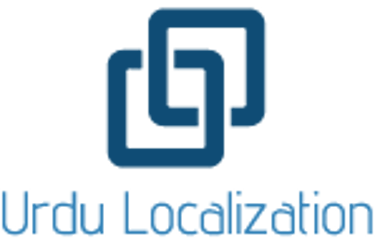
Designing Seamless Customer Experiences for Urdu-Speaking Audiences
2 min read

In today’s digital-first world, businesses can no longer afford to overlook the customer experience (CX) needs of Urdu-speaking audiences. Whether it’s a banking app, an e-commerce store, or a government service portal, the way your content is localized directly affects how users feel, interact, and ultimately trust your brand.
For many companies, Urdu localization services are treated as an afterthought — a quick translation at the end of the project. But when you’re serving millions of native Urdu speakers, this approach can lead to frustration, misunderstandings, and lost opportunities. True success comes from adapting every element of the customer journey for cultural, linguistic, and technical accuracy.
It Starts with Understanding the User
Great CX begins with empathy. This means thinking like your audience — understanding not just the Urdu language, but also cultural nuances, regional dialects, and communication styles. For example, a retail site aimed at customers in Karachi may need slightly different tone and phrasing than one tailored for audiences in Lahore or Islamabad.
Professional Urdu translators and Urdu localizers know how to choose the right vocabulary, maintain grammar and spelling correctness, and adapt messaging to feel authentic rather than mechanical. It’s not simply about converting words — it’s about building trust.
Beyond Words: Technical and Visual Adaptation
Urdu’s right-to-left (RTL) script requires technical adaptation that goes far beyond text replacement. The physical structure of your site, navigation menus, and even graphic localization for the Urdu market must be handled with care. A misplaced button or misaligned payment form can instantly damage the user experience.
For industries like banking, retail, and healthcare, technical adaptation also includes adopting local currencies for Urdu markets, ensuring secure transaction flows, and meeting accessibility standards.
Personalized Journeys for Limited English-Speaking (LES) Clients
Many Urdu-speaking customers have limited English proficiency. That means businesses need to provide a fully localized product — not just in marketing materials, but also in onboarding flows, FAQs, customer support scripts, and legal documents. This is where accurate translation and localization play a major role in creating confidence and comfort for users.
When a customer can navigate a platform in their own language — with culturally appropriate content and industry-specific terminology — the likelihood of them completing a transaction or becoming a loyal customer increases dramatically.
Industries Leading the Way
Some sectors are already excelling in Urdu CX:
E-commerce: Translating product listings into Urdu and adapting imagery to local preferences.
Banking & Finance: Providing forms, statements, and customer portals in accurate Urdu.
Travel & Tourism: Offering localized booking platforms with adapted cultural references.
The Bottom Line
Customer experience is no longer a universal, one-size-fits-all process. For the Urdu-speaking market, success means combining cultural knowledge with technical precision — all delivered by professionals fluent in both Urdu and English.
Investing in high-quality Urdu localization services is not just a translation task — it’s a business strategy. When done right, it turns first-time visitors into long-term advocates.
